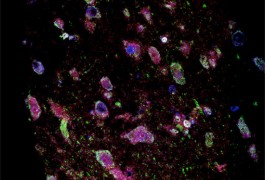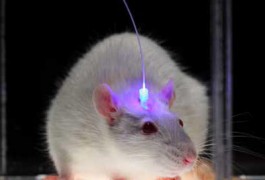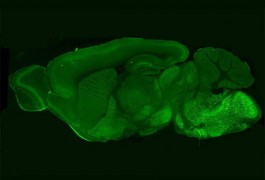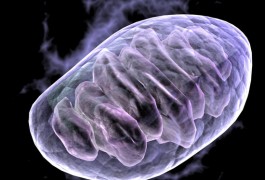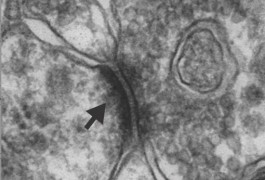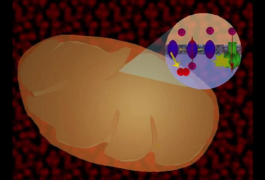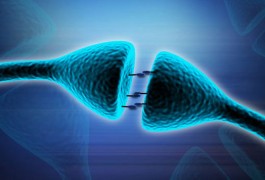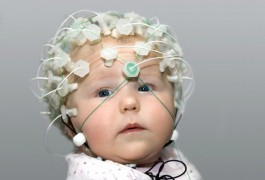New candidate gene may explain male bias of autism
A gene that regulates the conversion of testosterone to estrogen in the brain could help explain why males are more susceptible to autism than are females, according to a study published in PLoS One in February.







